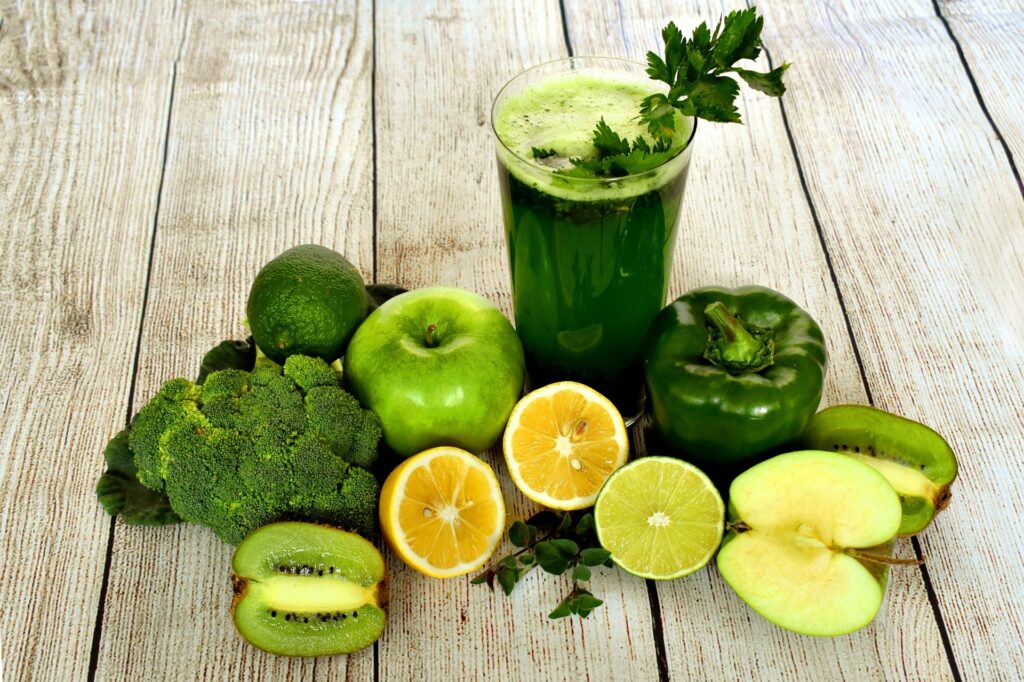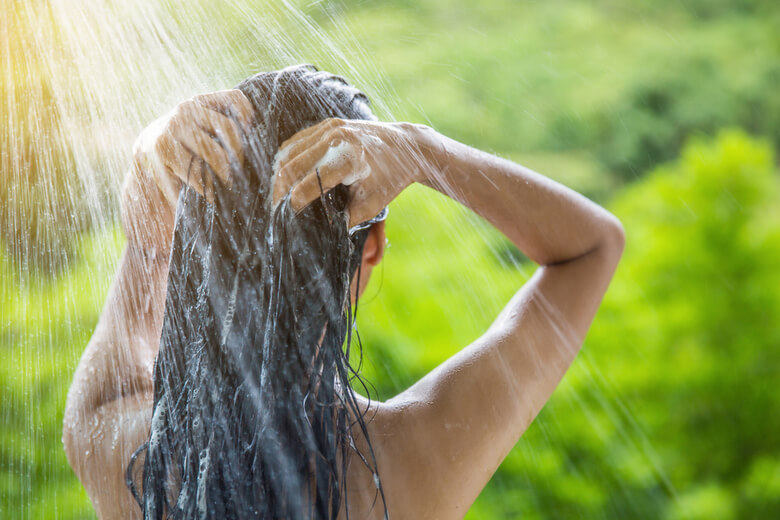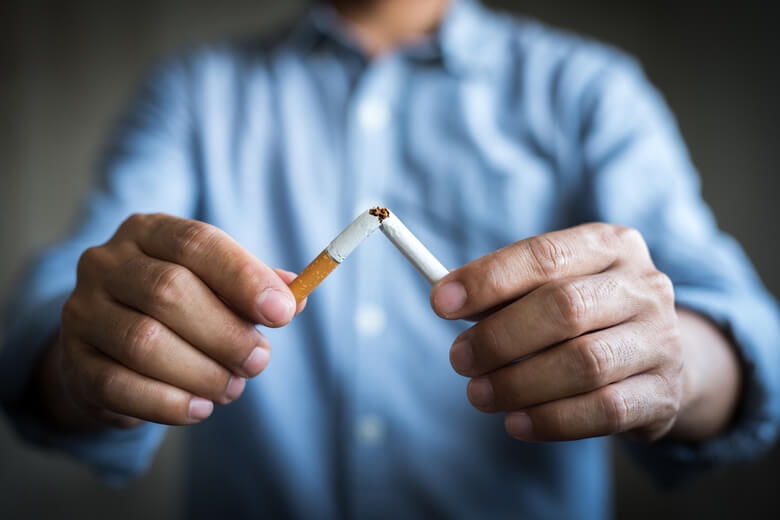The air we breathe and the food we eat are not the only elements of intoxication threatening our organism and requiring regular cures of DETOX.
Shower gels and shampoos contain harmful surfactants that can enter the body through the skin interface.
Surfactants are therefore one of the reasons to detox.
THE HARMS OF SURFACTANTS
The harmful effects of surfactants
The air we breathe and the food we eat are not the only elements of the intoxication threatening our organism and which requires regular cures of DETOX.
Shower gels and shampoos contain harmful surfactants that can enter the body through the skin interface.
A little education about them is necessary in the context of a DETOX stimulation of the emunctories excreting these molecules which are not really our friends.
Sodium laureth sulfate
The main surfactant is "Sodium laureth sulphate" often associated with "Sodium lauryl sulphate" which is its first cousin.
Sometimes called "surfactant", a surfactant is a product that modifies the surface tension between two surfaces.
It is an amphiphilic molecule, i.e.it has two parts of different polarity, one lipophilic (which retains fats), the other hydrophilic (miscible in water).
It is also called "surfactant", a transposition of the English word surfactant which is the compression of surface active agent.
To put it plainly, surfactants facilitate the extraction of fat by water.Their molecules have two antagonistic parts, a lipophilic part along which the fat clings and a hydrophilic part that allows them to be carried in the wash water.
In this way, they draw the fat molecules into the water, a task that would normally be impossible without them, given the non-solubility of fat in water.
Surfactants are intended to come into brief contact with the skin and must be rinsed off, which indicates the suspicion we may have and the need for a DETOX.They have several functions:
Detergent function
As we have just written, surfactants are capable of removing dirt, with detersion allowing the elimination of a large part of the bacteria present on the cleaned surfaces of the skin.
Foaming function
Surfactants stimulate the formation of foam, which is particularly important for shower gel manufacturers.The more it foams, the happier the person is, because he or she (wrongly) thinks that the product cleans better.
NO, of course, the amount of foam is not a determining factor.
Wetting function
Wetting is the spreading of a liquid on a solid.By reducing the surface tension, the "wetting" surfactants allow the shower gel to spread better.
Dispersant function
It enables hydrophobic particles to be fixed in a hydrophilic solution, such as water, thus creating a dispersion, an aqueous solution containing particles in suspension.
These agents prevent the flocculation of particles, i.e.their regrouping in larger parts, which could then easily sediment in the bottom of the solution...and of the shower gel bottle.
Emulsifying function
An emulsifier is used to mix two immiscible liquids, for example water and oil.One of the liquids is dispersed in the second liquid in the form of small droplets, the whole becoming homogeneous.
Suspicion
Returning to Sodium laureth sulphate, its chemical formula is CH3(CH2)10CH2(OCH2CH2)NO SO3Na.
Sodium laureth sulphate is aggressive to the skin and scalp.Its excessive detergency dries the skin and causes irritation.
It is true that it gives a rich, creamy lather that gives the illusion of being washed gently.But this is only an illusion...
Moreover, according to recent scientific reports on the long-term effects of daily use of a body hygiene product (shower gel or shampoo) containing Sodium laureth sulphate, there is a real suspicion of potentially carcinogenic action.
Sodium laureth sulphate could drastically increase the level of nitrates in the blood and make dioxin penetrate the blood plasma.
This is all very chilling.
Nitrates ...dioxin ...Quick: a DETOX in depth.







